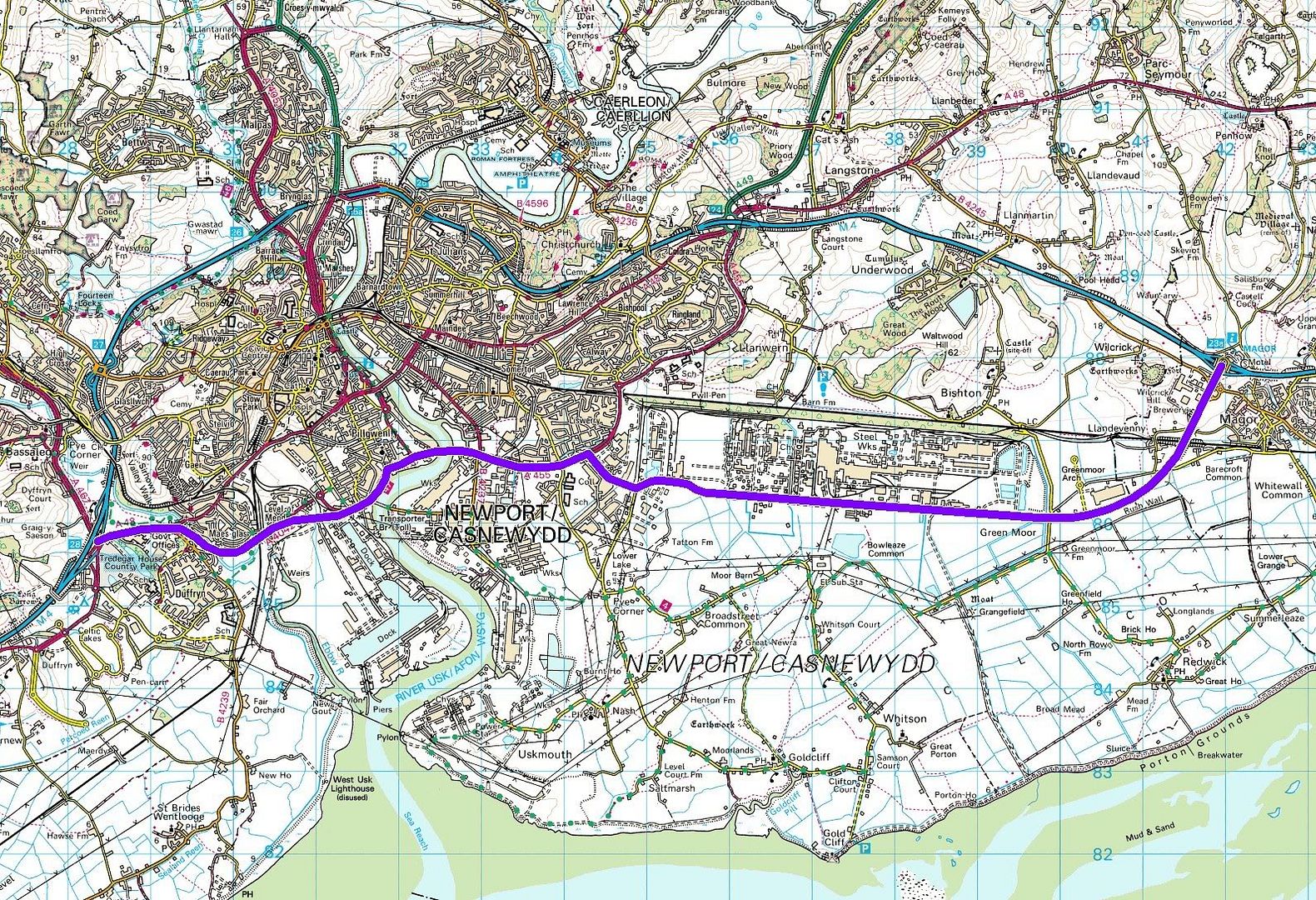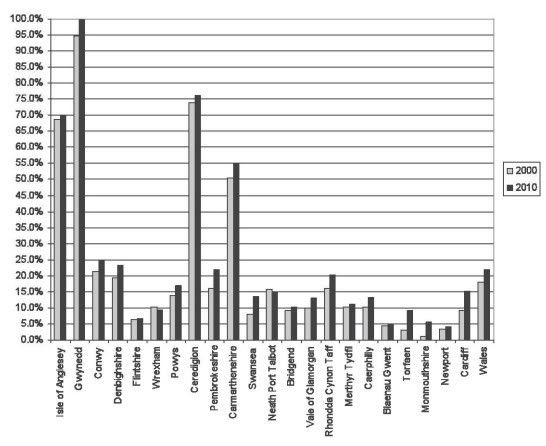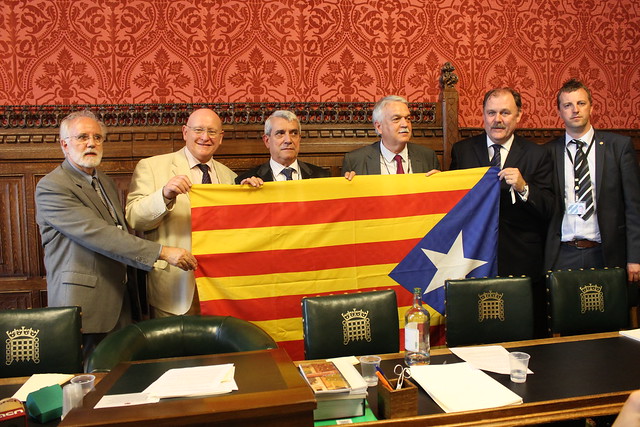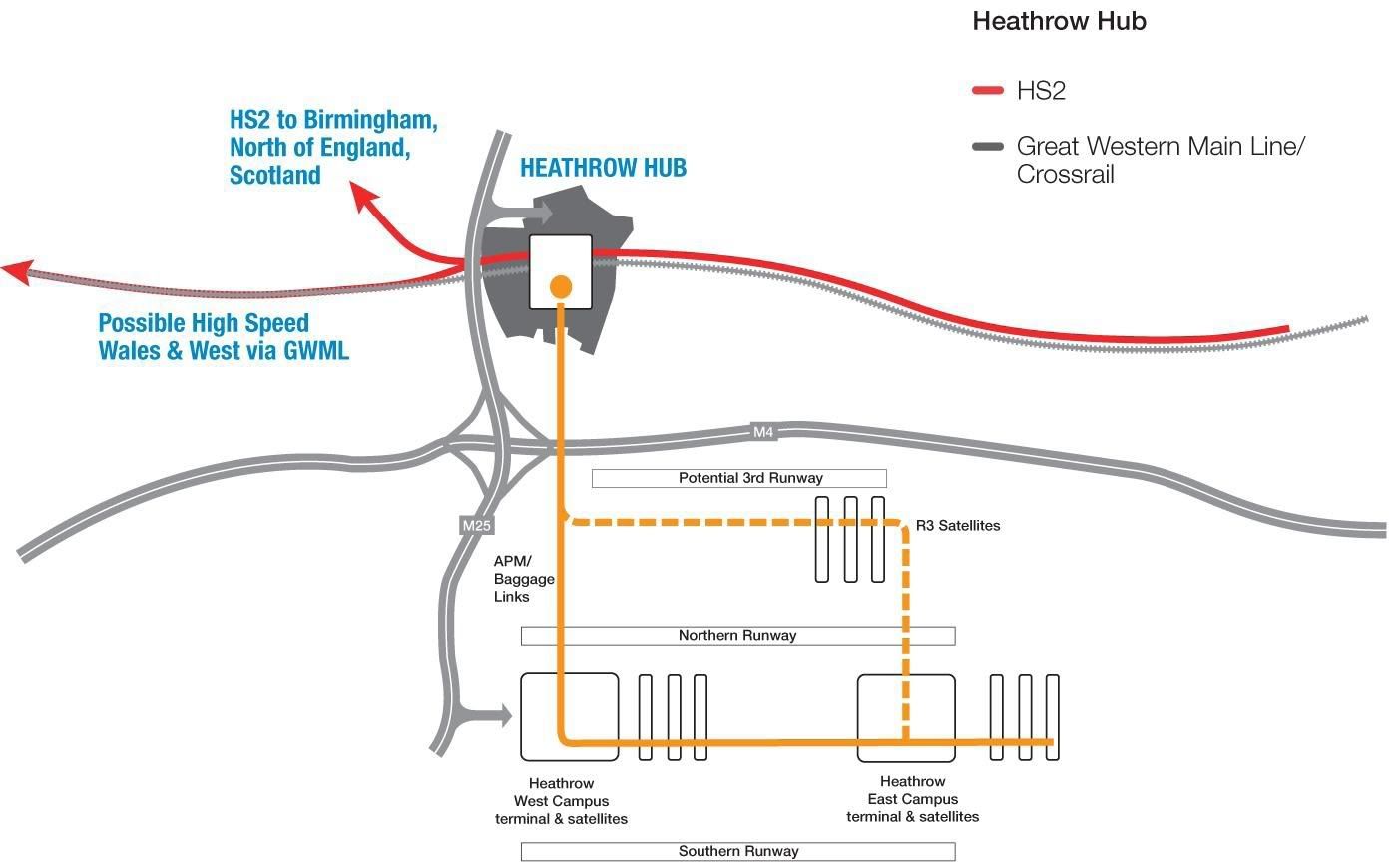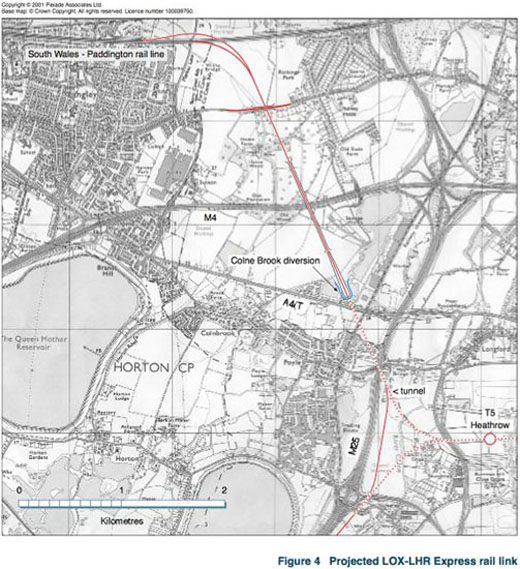Only three weeks ago Carwyn Jones issued a written Cabinet Statement on renewable energy in Wales, addressing in particular the issue of onshore wind capacity and TAN 8. This is one of the key parts of it:
In our view the TAN 8 capacities should be regarded as upper limits and we call upon UK Government to respect this position when they finalise the Renewable Energy National Policy Statement and to not allow proliferation when they take decisions on individual projects in Wales.
Cabinet Statement, June 2011
It was clear to me that the purpose of this statement was to make it appear as if he was concerned about the protests against wind farms; and to point the finger of blame at the Westminster government by making it appear that if the TAN 8 capacities were exceeded it would be their fault rather than the fault of the Welsh government.
This was disingenuous, because the Welsh Government itself has not—or at least not consistently—regarded the capacity figures in TAN 8 as upper limits. The public and media might have been fooled by it, but the industry was not.
-
Because what Carwyn Jones said made no objective sense, the Minister for Environment and Sustainable Development, John Griffiths, has now had to write a letter—sent to Heads of Planning in Wales, the Department of Energy and Climate Change, the Infrastructure Planning Commission, energy companies and other interested parties—to clarify the position. The full text of that letter is here.
In it, he directly contradicts what Carwyn Jones had said in the Cabinet Statement. He now says that the Welsh Government's energy policy is definitively set out in the document entitled "A Low Carbon Revolution" of March 2010.
This is a rather problematic document, because it chooses to set out its targets for renewable energy on a different basis to TAN 8. The targets in TAN 8 are set out in terms of installed capacity, but the targets in ALCR are set out in terms of electricity produced. For onshore wind, that target is:
to have 4.5 kWh/d/p of installed onshore wind generation capacity by 2015/2017
As we can see, the people who draughted this were not really aware of the difference between capacity and production, and the sentence therefore makes no sense. The word "capacity" is redundant when talking about the actual amount of electricity produced. However the units make clear what is meant, and the target of 4.5 kWh per day per person equates to 4.927 TWh per year based on the 3m people in Wales.
The problem comes when trying to equate this production target with the installed capacity necessary to generate it, because it depends on what capacity factor has been assumed. Appendix 1 to the document specifically says that a 30% capacity factor has been assumed for onshore wind, and on that basis the installed capacity would need to be 1,875 MW. It would be impossible for anybody who read that document to have come to any other conclusion about what was meant.
But a capacity factor of 30% is much too optimistic for onshore wind. A more realistic figure based on the average of the past seven years would be about 26%, but on that basis the installed capacity would need to be 2,163 MW ... a full 288 MW more.
In his letter John Griffiths has said that the ALCR target is equivalent to 2,000 MW of installed onshore capacity, which would mean a capacity factor of 28.15%. This is very obviously a retrospective calculation, but the delight of the wind industry at him making such a mistake (and thereby allowing them an extra 125 MW capacity) was all too clear from their reaction in this story.
-
Put in a nutshell, Carwyn Jones' Cabinet Statement was complete tosh, because the Welsh Government had already adopted a renewable energy policy that exceeded the TAN 8 targets for onshore wind. But John Griffiths, in trying to undo the damage caused by his leader and placate a whole load of angry people in the wind industry and no doubt Westminster too, has now gone too far in the other direction and increased the target yet again from 1,875 MW to 2,000 MW installed capacity. The Welsh Government is just flapping in the wind.

I'm well aware that the figures I've given might not mean very much to some people. So let me try and put the figures into perspective. At present, Wales has just over 400 MW of installed onshore wind capacity. The precise breakdown as at October last year was 376 MW, but more has been added since then.
If we were to stick to the capacities in TAN 8, it would mean 1,120 MW of installed onshore capacity or almost three times the capacity we have now. But if the Welsh Government aims for 2,000 MW of installed onshore capacity as indicated in John Griffiths' letter, it will mean we have five times the capacity we have now. However this won't equate to three or five times the number of wind turbines, because wind turbines are getting bigger. But it will mean very many more turbines.
The question to ask is how many is too many. This is obviously a value judgement; for some people any wind turbine is something to be opposed; for others any wind turbine close to where they live is something to be opposed. I don't have much time for either of those positions. For me, producing the energy we need from renewable sources is of paramount importance for both our economic future and the planet, and wind turbines are one of the easiest ways of doing it. Wind energy is a good thing, but—just like malt whisky or chocolate fudge cake—it is possible to have too much of a good thing.
In round terms Wales consumes 20 TWh per year of electricity. If we look at ALCR, we will see that in addition to the 4.5 kWh/d/p = 4.927 TWh from onshore wind, it envisages a further 15 kWh/d/p = 16.425 TWh per year from offshore wind. I think the figure for offshore wind is entirely reasonable, and my own calculation (in this post) put the figure at 16.7 TWh per year based on the Round 3 wind farm zones. But adding the two ALCR figures together, Wales will produce about 21.35 TWh per year of electricity from wind, which is more than we consume. Wales will become the first country in the world to generate more than all the electricity it needs from wind.
-
But of course Wales doesn't exist in isolation; we have neighbours on all sides and we have and still can export energy to them. In itself producing more electricity than we consume isn't a problem, and in future our energy exports will be a major factor in our economic success as an independent nation. But any resource on this scale needs to be planned, and the lack of coherent planning is a problem. The way that UK energy policy works is to provide a financial incentive for renewables in the form of ROCs. As onshore wind is now a well established technology, it has become profitable and risk-free for energy companies to put up windfarms. But there is no UK-wide guidance as to where these windfarms should be.
Because Wales is generally windier than England, and because land values are generally lower than in England, it is usually much more profitable to site onshore windfarms in Wales than in England. This is why there are so many applications to build windfarms, and why Wales already has five times more wind turbines per 100 sq km than England. These are the figures, based on the link above:
UK ... 2,615 turbines over 243,610 sq km = 1.07 per 100 sq km
Wales ... 498 turbines over 20,779 sq km = 2.39 per 100 sq km
Scotland ... 1,293 turbines over 78,772 sq km = 1.64 per 100 sq km
Northern Ireland ... 213 turbines over 13,843 sq km = 1.54 per 100 sq km
England and Cornwall ... 611 turbines over 130,395 sq km = 0.47 per 100 sq km
So far as the UK government is concerned, why should they mind if a disproportionate share of the UK's renewable energy is generated outside England? That's why UK governments of all political hues haven't had any coherent policy on where onshore windfarms should be located. They don't need to, for they know full well that market forces will mean that more of them will end up on the hills of Powys and Ceredigion than on the South Downs or the Pennines.
So the only means of control over where windfarms will be sited is locally, through the planning system. TAN 8 was in fact a very creditable attempt to place limits on the number of windfarms in Wales through the planning process. That is why the recent protests against TAN 8 were so misguided. For without TAN 8 or something like it, there would be even more onshore windfarms in even more areas of Wales.

But the hassles of getting major projects decided locally through the planning system have proved too much for governments at Westminster, and the previous Labour government decided to bulldozer its way over it. The ConDem coalition are themselves perfectly happy to continue it with merely cosmetic changes, for the force of the system doesn't rest with the Infrastructure Planning Commission or the new Major Infrastructure Planning Unit that is likely to replace it, but with National Policy Statements which it will have little choice but to rubber stamp.
The latest NPSs about energy were set out only a few weeks ago in the documents on this page, in particular EN-3. These will over-rule any planning policies the Welsh Government has or will make with regard to energy, such as TAN 8. EN-3 specifically says the Westminster NPS is:
the primary decision-making policy document for the IPC on nationally significant onshore renewable energy infrastructure projects in England and Wales.
By "nationally significant" they mean any project over 50 MW, and planning applications for such projects will be decided by the IPC/MIPU instead of by ministers in Wales. This is in marked contrast with the position in both Scotland and Northern Ireland, where the same document says:
In Scotland the IPC will not examine applications for nationally significant generating stations or electricity network infrastructure.
In Northern Ireland, planning consents for all energy infrastructure projects are devolved to the Northern Ireland Executive, so the IPC will not examine applications for energy infrastructure in Northern Ireland.
We need to ask why we in Wales are being treated in a different way from the other devolved administrations, and we need to fight to change this. This is not a party political matter because all parties in Wales want it devolved, even the unionist parties; but those very same parties in Westminster refuse to let it be devolved.
-
If this isn't changed, Wales will be in the absurd position of being able to control the development of small windfarms up to 50 MW (maybe twenty or so 2.4 MW turbines) but have no control whatsoever over larger windfarms. This will only encourage windfarm developers to opt for bigger rather than smaller schemes, because they know that if the planning decision is made in Wales, they will be less likely to get approval than if the planning decision in made by the IPC.
The effect of the current system of split responsibilities will actually serve to encourage over-development of any particular site. A site that might be ideal for six or seven wind turbines might well be expanded to over twenty wind turbines just to get it over the 50 MW threshold. And even if we increased the limit from 50 MW to 100 MW (which is being put forward as a compromise) it would only mean that a site that might be suitable for twenty-five or so wind turbines gets expanded to forty to get it over the 100 MW threshold. So it's pointless tinkering with the figure, it has to be either all or nothing.
Devolution of planning decisions about energy to Wales is of course no guarantee that our government will make the right decisions. But to paraphrase FDR only slightly, "Those making decisions about energy projects might be incompetent bastards, but at least they'll be our incompetent bastards."






